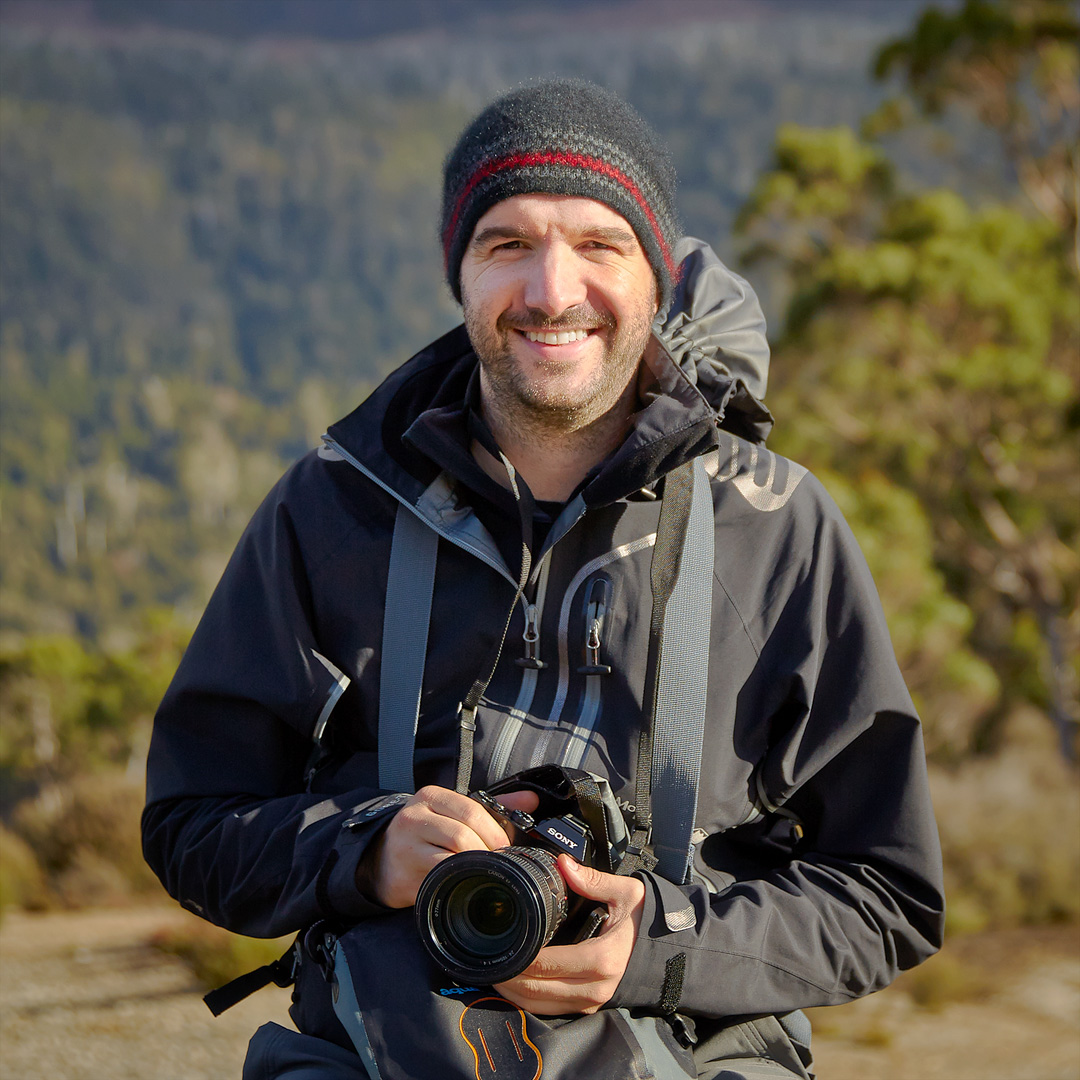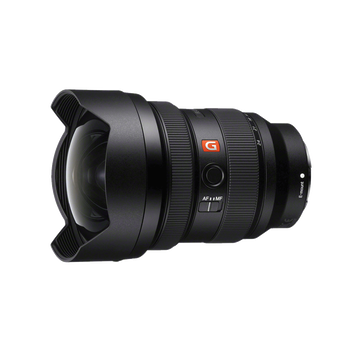About the event
*DUE TO CLOUD THIS EVENT HAS BEEN RESCHEDULED TO TOMORROW, SATURDAY OCT 5th at 8:00PM*
Join Sony Advocate Luke Tscharke and Eric Peng, and Matt V from Sony Australia for an Astrophotography session at South Arm, Hobart. This event focuses on capturing the western fall of the Milky Way as it sets over the western horizon. We’ll be photographing at Mortimer Bay, a great location for stunning night sky compositions, including the iconic Mortimer Bay fence.
The event will begin at 8:00 PM and conclude at 10:00 PM, giving us plenty of time to capture the Milky Way in various stages of descent. If there's any aurora activity, we may relocate to a more suitable spot for photographing the southern lights, so please be prepared to drive to a different location during the event. This session is perfect for photographers of all levels who want to deepen their skills in night sky photography, and we’ll be on hand to provide guidance and answer any questions throughout the session.
This astro session is runs after a sunset shoot at the Hobart docks, which you're also welcome to attend.
Friday October 4th 2024
- 6:00 PM - 7:00 PM: Sony Hobart Cityscape Sunset Shoot (Hobart CBD)
Saturday October 5th 2024
- 8:00 PM - 10:00 PM: Sony Astrophotography Session at South Arm (Mortimer Bay, South Arm) - new rescheduled time
Event Partners & Loan Equipment
This event is run in conjunction with Stallard’s Camera House in Hobart, and there will be some Sony loan equipment available for you to try, thanks to Sony Australia. It’s a great opportunity to test out different gear and refine your astrophotography skills. Best of all you don't have to have Sony equipment to attend the event, everyone is welcome!
Meeting Location
We’ll meet at Mortimer Bay on South Arm Peninsula in the carpark here. Please arrive on time as the event begins at 8:00 PM. If we need to relocate due to aurora activity, we’ll notify you during the event, so please be prepared for a short drive to another nearby location.
Equipment Required
A sturdy tripod and a camera capable of manual settings are essential for this shoot. We recommend bringing a wide-angle lens for capturing the Milky Way and a head torch. Be sure to dress warmly as it can get quite chilly under clear night skies.
Techniques covered
- Astrophotography
- Focusing on stars and capturing the Milky Way
- Composing night sky images with natural and man-made elements
- Special settings like focus bracketing and bright monitoring
- Understanding aurora photography techniques (where conditions permit)
What to bring
- Camera with manual settings (all cameras welcome)
- Wide-angle lens for capturing the Milky Way
- Sturdy tripod (essential)
- Head torch (for navigating in the dark)
- Charged batteries and empty memory cards
- Warm clothing and layers (it can get cold by the water at night)
- Comfortable footwear for a short walk to the photography location
- Water and snacks




_1726835161814.505.jpg?mode=crop&width=200&height=200&format=webp&quality=90)




_1726835161814.505.jpg?width=64)





